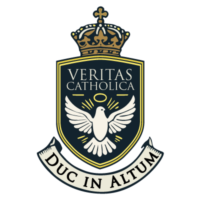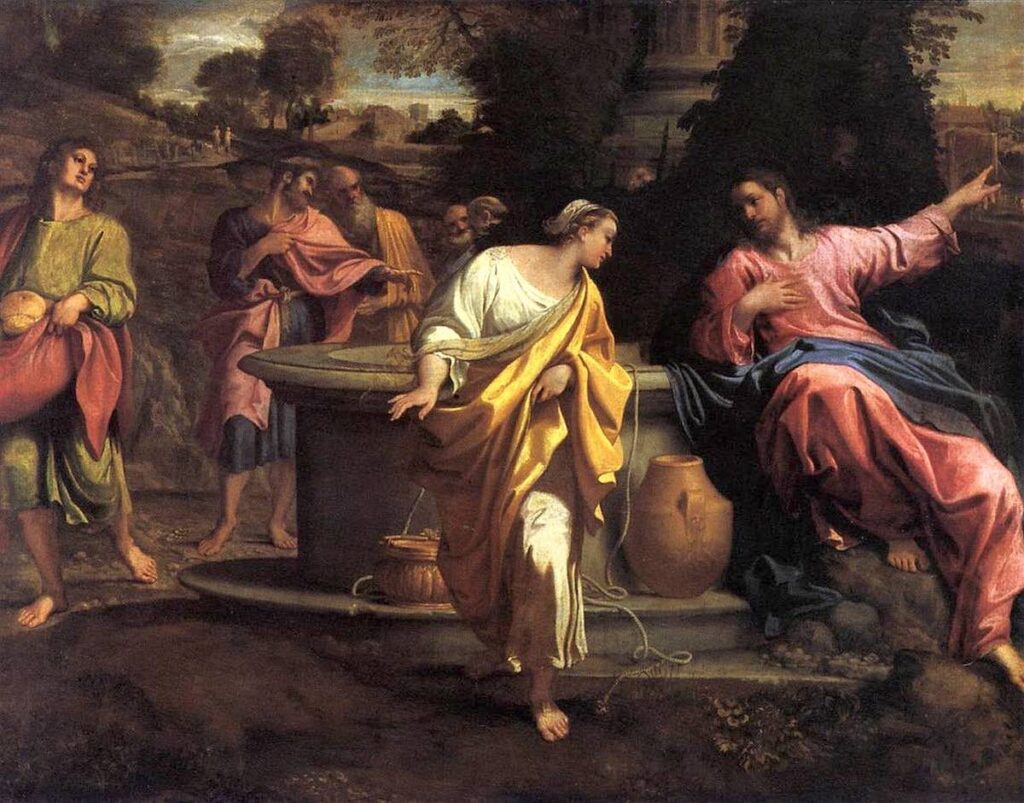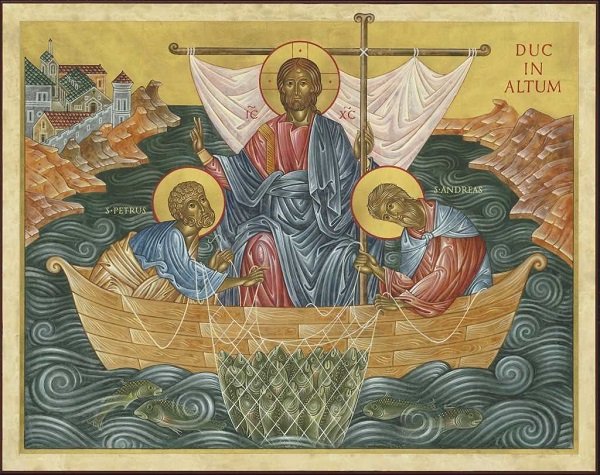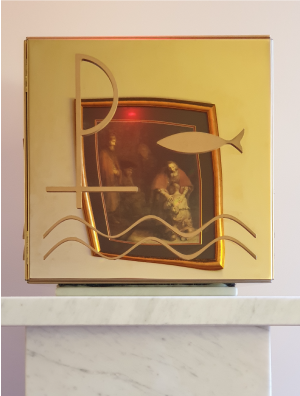Water, one of the most potent and recurring symbols in the Gospel of John, serves as a profound vehicle for conveying theological truths. In Johannine theology, water is not only an essential physical element but also a deeply spiritual one, representing rebirth, purification, and divine grace. From the beginning to the end of John’s Gospel, the imagery of water weaves its way through Christ’s interactions, teachings, and sacrifices. This post explores these key moments and their significance, drawing on theological insights, particularly those of Pope Benedict XVI, to deepen our understanding.
Water as a Symbol of Rebirth and Spirit
In John 3:5, Jesus tells Nicodemus that one must be “born again of water and Spirit” to enter the Kingdom of God. This statement forms the foundation of Johannine water symbolism. Water in this passage is not merely a physical element but a metaphor for the transformative power of baptism. Pope Benedict XVI, in Jesus of Nazareth, highlights that this rebirth is not only spiritual but deeply rooted in the creative power of God’s Spirit. The sacramental use of water in baptism reflects the “maternal womb of the receiving and welcoming Church,” where believers are born anew, not just into biological life (bios), but into the fullness of life, or zoé.
This rebirth through water symbolises our initiation into the body of Christ and the Church. Tertullian’s saying that “Christ was never without water” is interpreted to mean that Christ was never without the Church, emphasising the inseparability of water, Spirit, and the Church in the process of spiritual renewal.
The Thirst for Living Water: The Encounter at Jacob’s Well
The next significant appearance of water in John’s Gospel is Jesus’ encounter with the Samaritan woman at Jacob’s well (John 4:7-15). Here, Jesus offers her “living water,” a metaphor for the Holy Spirit that quenches a deeper spiritual thirst. As Pope Benedict notes, this conversation mirrors the human longing for more than physical sustenance. Just as Moses provided water from the rock in the wilderness, Jesus, the new Moses, offers water that satisfies the soul.
The story also reflects the Johannine distinction between bios and zoé. The water from Jacob’s well represents the sustenance needed for bios, or earthly life, while the living water offered by Jesus leads to eternal life, or zoé, the life that transcends mere existence. This encounter foreshadows Jesus’ later teaching on the bread of life, further emphasising the idea that humanity’s true hunger and thirst are for the divine, not the material.
Baptismal Imagery: The Healing at the Pool of Siloam
Water plays a central role again in John 9, where Jesus heals the man born blind. The blind man washes in the Pool of Siloam (which means “Sent”) at Jesus’ command and receives his sight. Benedict XVI interprets this healing as a representation of baptism, the sacrament that cleanses and opens our spiritual eyes. The symbolism here is profound: just as water brings physical healing to the blind man, so too does it bring spiritual healing and enlightenment through baptism.
The Washing of the Disciples’ Feet
John 13 presents another powerful instance of Johannine water symbolism. During the Last Supper, Jesus washes the feet of his disciples, demonstrating humility and service. This act of washing symbolises the cleansing and purifying power of Christ, both in a physical and spiritual sense. According to Benedict, Jesus lowers himself to the position of a servant, thereby offering purification to His followers through an act of love.
This moment also prefigures the ultimate purification that Christ offers on the cross, where His blood and water will flow to redeem humanity. The washing of the feet is not just an act of service, but a sign of the ongoing purification that Christ offers through His life, death, and resurrection.
The Waters Flowing from Christ’s Side
Perhaps the most significant appearance of water in John’s Gospel comes at the crucifixion. In John 19:34, as Jesus’ side is pierced, “blood and water” flow forth, symbolising the birth of the Church through the sacraments of the Eucharist and Baptism. Benedict XVI draws a parallel between the water that flows from Jesus’ side and the living waters prophesied in the Old Testament, particularly in Ezekiel’s vision of water flowing from the Temple (Ezekiel 47:1-12).
The water from Christ’s side signifies the cleansing and life-giving power of His sacrifice. Just as Eve was created from Adam’s side, so too is the Church born from the side of Christ, the new Adam. The blood and water that flow from Christ’s side also point to the inseparability of the sacraments. As Benedict writes, Christianity that reduces itself to mere water — intellectual assent without the flesh and blood of Christ — risks becoming mere moralism, detached from the redemptive power of Christ’s incarnation and crucifixion.
The Feast of Tabernacles: A Promise of Living Water
In John 7:37-39, Jesus speaks at the Feast of Tabernacles, proclaiming, “If anyone thirsts, let him come to me and drink. He who believes in me, as the Scripture has said, ‘Out of his body shall flow rivers of living water.'” This statement occurs in the context of a water-pouring ritual, part of the Jewish feast invoking rain for the land. However, Jesus reinterprets this ritual, identifying Himself as the source of the living water that satisfies humanity’s spiritual thirst.
This living water, as Benedict explains, is the Holy Spirit, the gift that will flow from Christ to all who believe in Him. This moment also looks forward to the outpouring of the Spirit at Pentecost, fulfilling the promises of the Old Testament that rivers of living water would flow from the new Temple — Christ Himself. As Ezekiel and Zechariah prophesied, the living water will cleanse and restore, bringing life to all who drink from it.
Water as a Symbol of Eternal Life
Throughout the Gospel of John, water is a multifaceted symbol representing life, purification, and the Holy Spirit. The Johannine water symbolism reaches its climax in the crucifixion, where water and blood flow from Christ’s side, forming the foundation of the Church and its sacraments. In His encounters with Nicodemus, the Samaritan woman, and the blind man, Jesus reveals that physical water points to a deeper spiritual reality. The living water He offers is not just for this life, but for eternal life, giving fullness and abundance to all who believe.
As Pope Benedict XVI reminds us, the water that flows from Christ’s side is not just a symbol but a reality — it is the life-giving grace that decontaminates the world and brings forth fruit. The saints, as Benedict writes, are like “oases” in the desert, springs of life around which the new creation takes root and flourishes. This water, then, is not just something we receive but something that, through faith, we too can share with others, becoming sources of life in a world thirsty for divine grace.
See the other chapter reviews of the first volume on Jesus of Nazareth here.




